No one knows exactly how old the Italian city of Perugia is. Built on a mountaintop about 4,000 years ago by an ancient tribe called the Umbrians, it was later conquered by the Etruscans, the Romans, and in 1540 by Pope Paul III. He destroyed the residences of the town’s wealthy families and built a fortress, the Rocca Paolina, on top of them. The bastions of the fortress still stand.
Burned, ravaged, reduced to rubble and rebuilt, Perugia is a layer cake of cultures and civilizations. I counted each layer as I climbed from the lower town toward the upper through a modern tunnel that pierced the rock on which it was built. In the 1930’s excavations were begun here uncovering Etruscan walls and burial grounds, Roman remains, and entire rooms of Renaissance palaces that had been swallowed up by the Pope’s fortress.
In dimly lit side chambers I found fireplaces, faint traces of fresco, and patches of terracotta tile floors. Rocca Paolina is a sinister maze of shafts, tunnels, and abandoned rooms and I was glad to reach the top and join the bustle of the town’s monthly market.
The weather was perfect and Perugia’s marketplace was humming. Elderly couples sat on benches at the end of the market and enjoyed the view. A ferris wheel rotated slowly at the edge of a gulp-inducing precipice and the market was crowded with customers.
Café tables spilled out along the cobblestones and there was special seasonal food for sale, like parmesan pizza, chewy baked hunks of cheese and flour, and bright pink Ciaramicola cake, a Perugian specialty flavoured with amaretto or alchermes liqueur and flaunting a meringue dove of peace on top.

Constantius, Lawrence, Herculanus
I was travelling in Italy with the Incantato Choral Tour of the Mater Dei High School Choir from Santa Ana, California. Punctuated by stops for performances, we followed the Road of Saints from Perugia to Assisi and on to Rome where the choir sang in St. Peter’s Basilica.Assisi, Perugia’s neighbour, is famous for its internationally renowned celebrities, St. Francis and St. Clare. But Perugia has its own set of saints: Constantius, who was beheaded by the Romans in the first century CE; Lawrence, who was killed by the Romans in the 3rd century; and Herculanus, a 6th-century bishop who was murdered by the Ostrogoths.
A gently curving flight of steps flanking an unusual hexagonal stone church marks the spot of Herculanus’ death, and not far away stands San Pietro, the richly frescoed church of an ancient Benedictine Abbey.
After listening to the Mater Dei Choir sing, I went hunting for something to eat and found small stands offering fusion street food honouring Italian and Indian traditions. Lunch was tiny vegetable samosas together with torta al testa, small Indian-style rounds of naan bread stuffed with locally cured ham, and a glass of one of Umbria’s famous red wines made from Sangiovese grapes from the Colli Perugini wine zone.
Feeling like a local, I joined the students from the university sitting in the sunlight on the steps of Perugia’s medieval city hall and watched the Sunday shoppers swirl by.

Francis and Clare
Barely half an hour away by road is the town of Assisi. Like Perugia, it is built on a mountaintop and its history too goes back millennia. There have been Etruscans and Romans here but you can’t talk about Assisi without mentioning St. Francis and his convert, St. Clare, patrons of the town since the 13th century.Art lovers come just to see the Papal Basilica of St. Francis of Assisi with its dazzling series of late 13th-century frescos by Giotto showing important events from Francis’s life, and San Damiano, the site of Clare’s first convent, with its own original frescos. On a drizzly day, together with local guide Simona, we traced their footsteps beginning with the small medieval stone house in Assisi’s centre where Francis was born.
“Tradition says that it was once a stable, just like the stable in Bethlehem, although no one can say why a wealthy merchant’s wife would have given birth in a stable,” Simona said.
Repudiating his father’s wealth, Francis began a religious order that preached poverty and moved into a small limestone cave on the side of Mt. Subasio above the town. The grotto is now enclosed in a rambling medieval complex of stone buildings set among steep, thickly-forested slopes where the saint meditated and prayed.

Peter
The following day it was time to leave Umbria and head down the Road of Saints to visit the most famous one of all—St. Peter, in his Roman headquarters at the Vatican. Inside the soaring space of St. Peter’s Basilica, in front of Bernini’s stunning 17th-century sculptural installation, the Cathedra Petri (Chair of St. Peter), the Mater Dei Choir sang like angels. The officiating priest was so impressed he told them he wished he could hire them for the Basilica choir.And that was a fitting end to our journey.







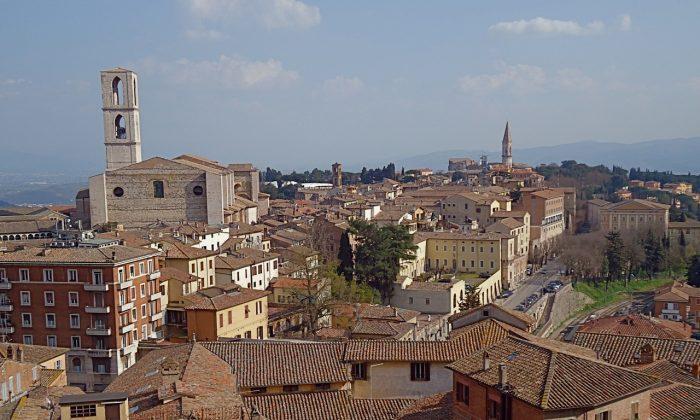
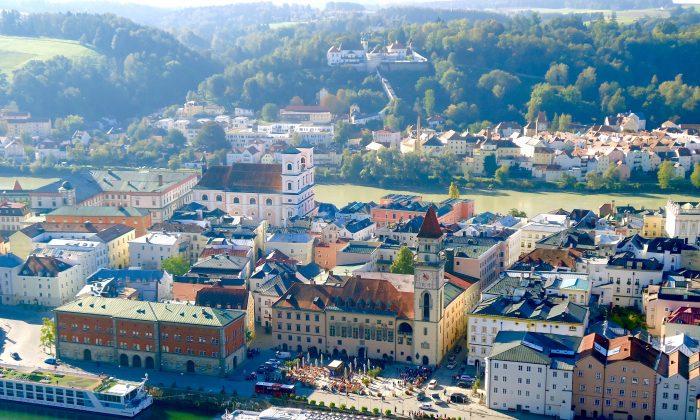
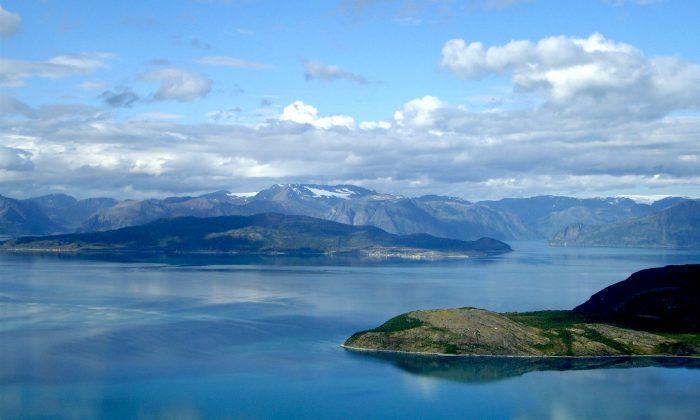
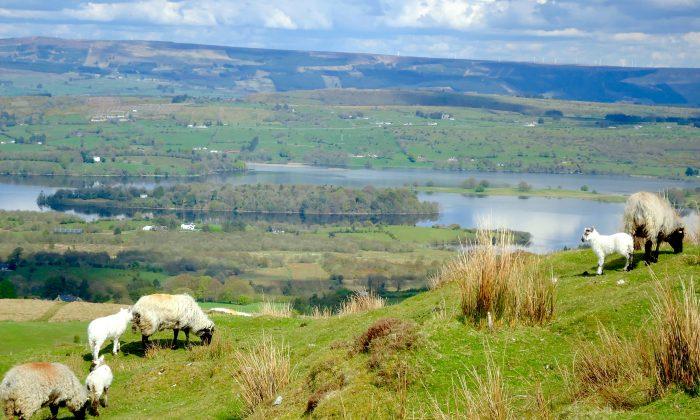
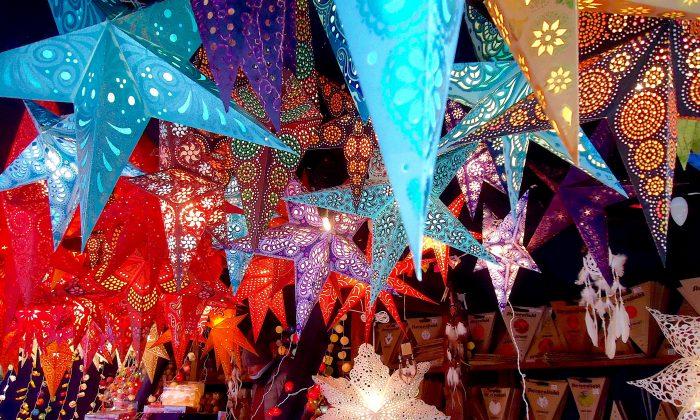
Friends Read Free